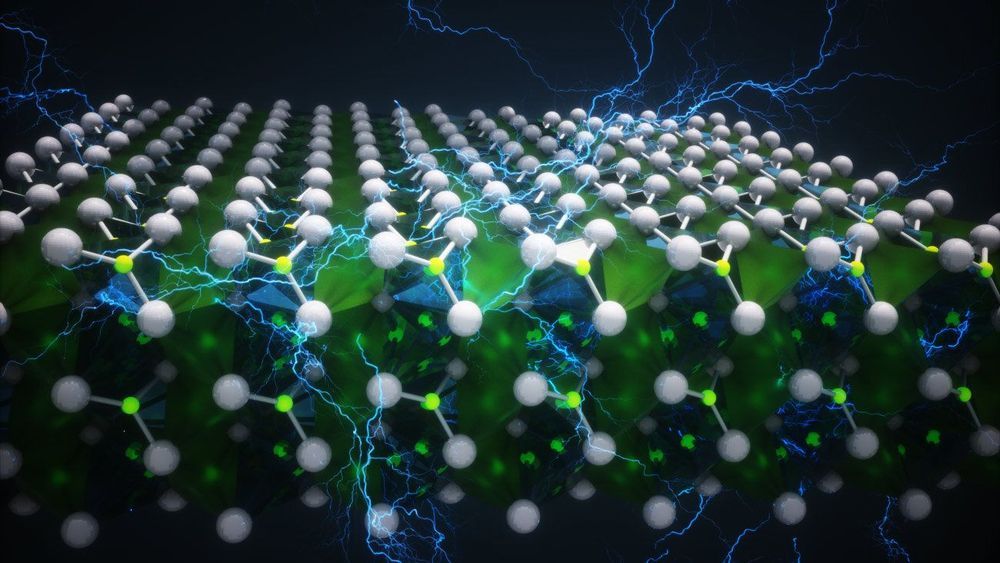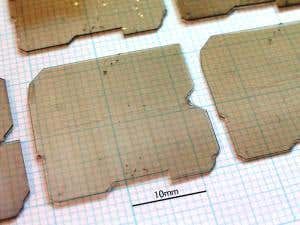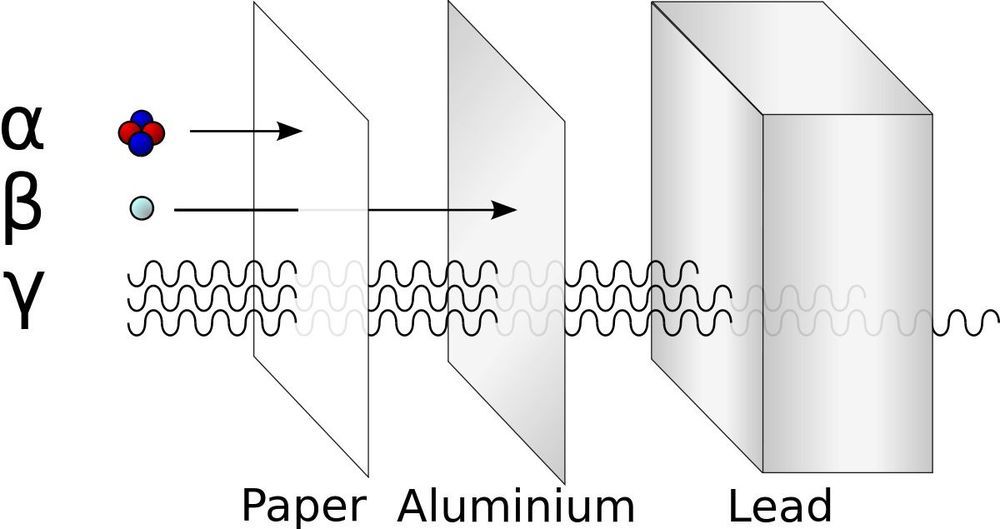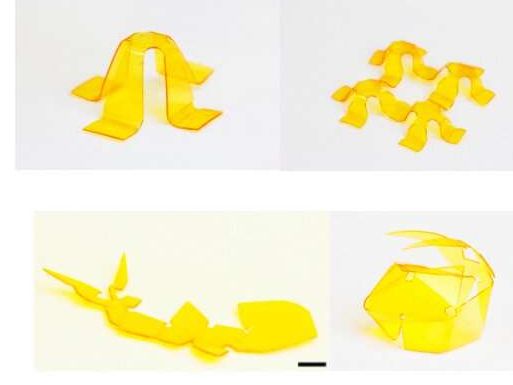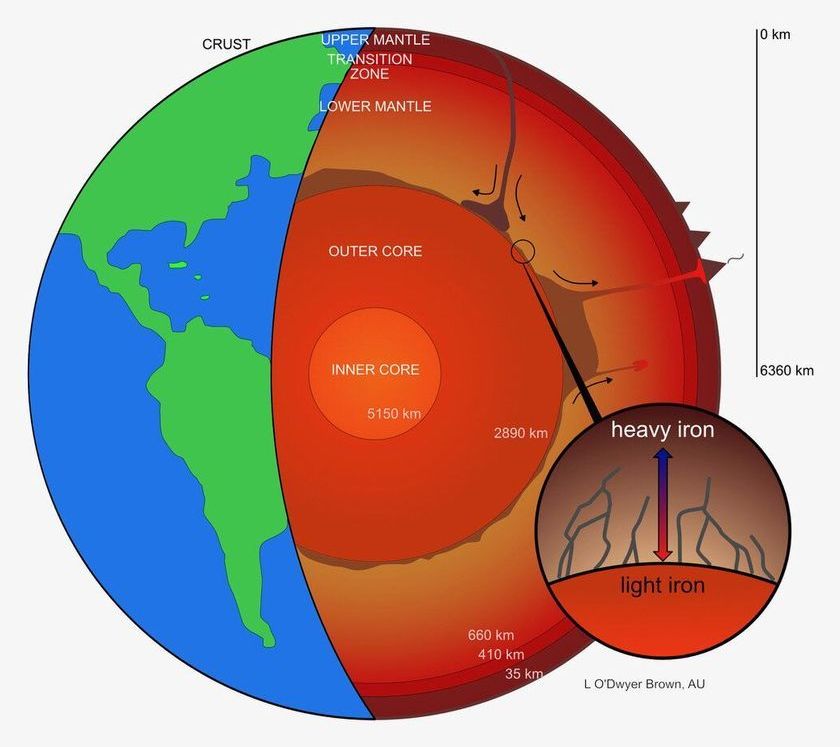As electronic devices become progressively smaller, the technology that powers them needs to get smaller and thinner.
One of the key challenges scientists face in developing this technology is finding materials that can perform well at an ultrathin size. But now, Berkeley researchers think they may have the answer.
Led by Sayeef Salahuddin, professor of electrical engineering and computer sciences, and graduate student Suraj Cheema, a team of researchers has managed to grow onto silicon an ultrathin material that demonstrates a unique electrical property called ferroelectricity. The duo’s findings were published in the April 22 issue of Nature.
